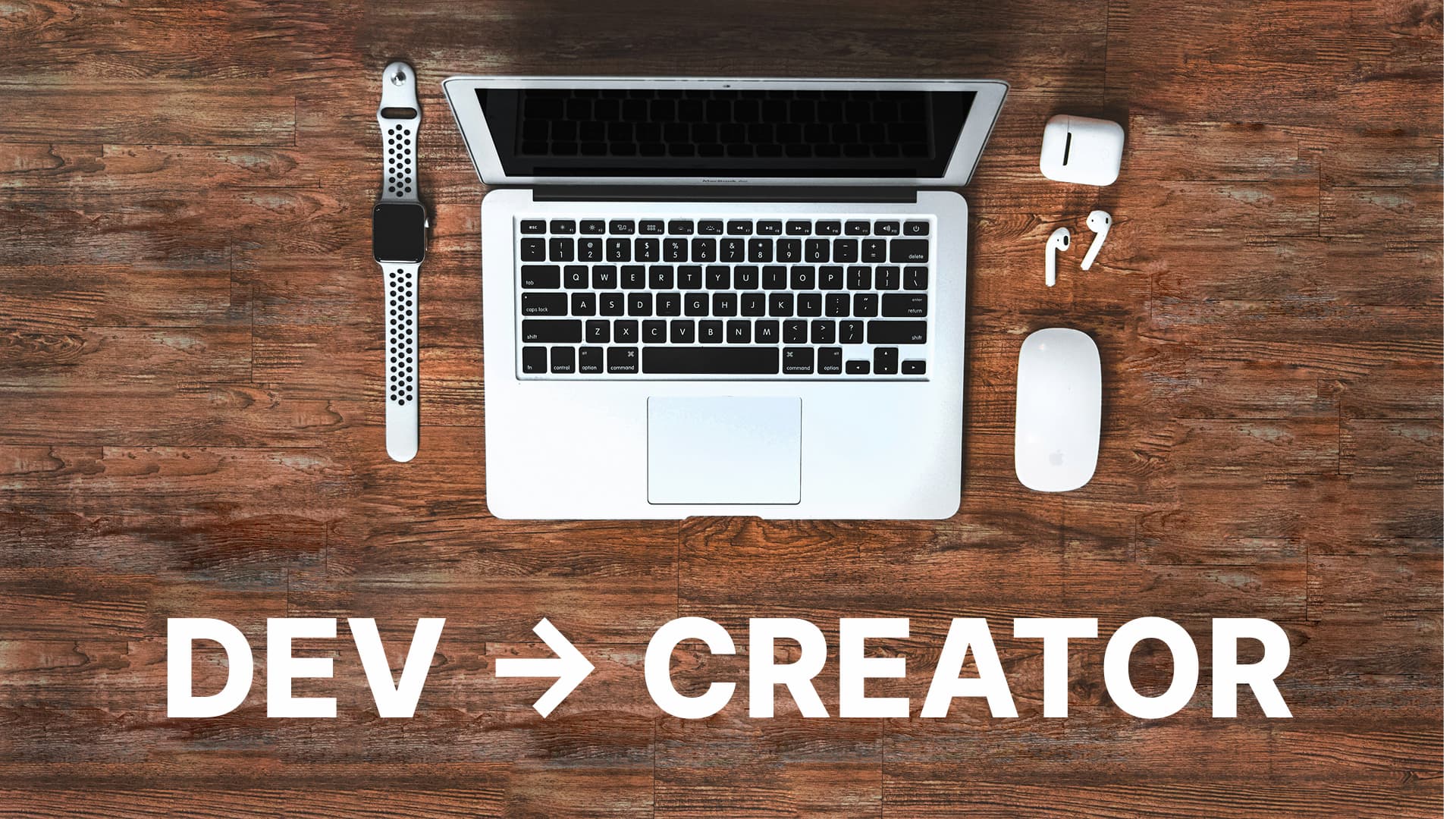Serious freelancers often criticize platforms like Upwork and Fiverr. The problem, they say, is that it’s a race to the bottom. Each person trying to win the job at a cheaper price. Obviously, those from poorer countries will win, right? Wrong.
You can find freelancers with rates of $195 per hour successfully using Upwork, with fixed price projects of up to $10,000. I won’t share this person’s profile link for the sake of privacy, but no he’s not a lawyer, he’s an email marketer.
That doesn’t look like a race to the bottom to me. It looks like he’s beating everyone on quality, and confidently charging what he’s worth.
I don’t charge nearly as much myself, but still a healthy first-world rate, and more than half the clients that I currently work with originally found me on either Upwork or Fiverr.
Clients with a decent budget may be coming to Upwork just because they don’t know where else to look. They want quality work and are willing to pay for it, but there isn’t any alternative to Upwork.
A global directory of freelancers just doesn’t exist yet.
Even I search on Upwork when I need to outsource some work. This actually gave me some valuable perspective on the whole situation. I’ve been one of those clients ready to pay well for a true professional. But all I find is people offering me cheap rates for sloppy work!
I wish there were more true professionals on Upwork. The majority seem to be discouraged by the fact that 90% of the competition will undercut them. Well, my answer to that is — that’s great, be in the top 10%!
Be Honest When Writing Your Profile and Charge What You’re Worth
If you come to Upwork and get discouraged by all the cheap rates, that’s your first problem. Ignore them and stand your ground. You know your what your rate is. Don’t be influenced.
If you don’t charge what you’re worth, stop reading this article and never apply on Upwork. In fact, quit freelancing.
Ok, that might be a bit dramatic. Everyone has done some work for less money than they would like. But you get my point.
If you’re not being paid enough for the job, you won’t do your best work. If you don’t do your best work, you’re on a slippery slope of always doing crappy work for cheap clients.
Now for your actual profile page, ask yourself — would you hire yourself?
You have a lot of opportunities to show what you’re about.
- Be specific in what you offer. I don’t just do web development, I build e-commerce sites on Shopify. People want to hire a specialist.
- If you’re good at talking to a camera, use the video feature. Barely anyone has the confidence to do this, so you will stand out.
- Use specialized profiles. You can have up to two specializations. My specializations are web development and SEO. You can use different keywords and skills here and be found more often.
- Use the popular projects section to show what your typical rates might be for the average job. Try to describe the typical work process as thoroughly as possible.
- Fill up the portfolio section with good looking work. If you’re a writer, just make sure it’s well-formatted and in a nice font, like on Medium. If you’re a designer, you know what to do. If you’re a developer like me, try to find a designer to help you!
When you feel you’ve got a solid profile page, start browsing the job feeds.
Don’t Waste Your Time — Be Discerning When Browsing Jobs
Five minutes is all it takes to see if there are any jobs worth applying for. I recommend checking once or twice a day, depending on your time zone.
Your job feed should already be showing you all the jobs that match your skills. You can also see how long ago they were posted, and how many people have already applied. This is all you need to know.
If more than ten people have already applied, forget about it. You will spend 10–15 minutes of your time crafting the perfect proposal, and by the time you’ve written it, the job will already have 20–50 applicants and the client’s inbox will be flooded. You basically want to catch jobs within 30 minutes of being posted.
So, less than ten people have applied? Then consider this:
- Does the job description sound sane?
- Are they looking for an entry-level, intermediate, or expert freelancer?
- If it’s a fixed price, what approximate budget did they indicate? (This isn’t a deal-breaker, as some just don’t know)
- Client info: You can see their location, how many jobs they’ve listed, and how much they’ve spent on Upwork. Higher spending clients with lots of experience hiring on Upwork are obviously better.
So use your detective skills. If everything looks good to you, you can start writing your proposal.
Be Confident and Concise When Writing Your Proposal
The goal of a proposal is to establish communication with the client. You don’t need to write an essay about yourself (your profile does that) and you don’t need to outline the process of the whole project (that should be a discussion, not a monologue).
Let me repeat the goal again: you literally just want them to message you back. This adds them to your messages inbox so that you have a way of contacting them.
The goal of your proposal shouldn’t be to get hired. That only comes after a conversation where you both understand you are a good fit for each other. I’ve applied to jobs and then realized it wasn’t what I originally thought.
So to get a response to your proposal, the first thing you need to prove is that you speak English fluently. That makes you better than 70% of other proposals.
The next is to prove that you are friendly and communicative. Show some personality. This is especially important if you are a writer or a designer.
Lastly, you have to show that you can do the job. The absolute best way is to say that you’ve done this before, and send them a link where they can view the project.
If their job post contains a question or a specific problem that will need solving, briefly acknowledge it and describe a few ways in which it can be solved. Don’t spend too long on this though, you can always elaborate after they respond.
Lastly, address them by name, if possible. This is just basic internet etiquette but so many ignore it or worse, use the wrong name!
Hi Jane,
I’d be happy to help you with …
I’ve done some similar work before on … and on … (links)
You can also see more of my work on the portfolio section of my profile.
Let’s discuss the details.
Ed
That’s a very generic example of my typical proposal. As you can see, it’s very short. I don’t re-introduce myself (they can see your name), I don’t talk about my education or ancient work experience, I don’t sound desperate for work, and most importantly, I don’t spend a long time writing it.
Obviously, I write a different proposal for each client. For the love of God, do not copy/paste a templated proposal. People aren’t stupid. Copy/pasted proposals will get you ignored 100% of the time. Why put effort into answering you if you don’t put the effort into your proposal?
Don’t Be Afraid to Stand Out
Upwork members on paid plans can see the average rates of people that applied for jobs. I’ve experimented with this and I can tell you that if you’re from a developed country, your bids are going to be way higher than all the others. There will be ten people applying to the job for $10/hour, and then there’s you with your $60/hour.
Don’t worry about this. It’s actually a good thing — it means you don’t have any serious competition. If the client is smart, they will understand that you are a professional, and that’s how much the work costs.
If they don’t understand that, then you don’t want this type of client, anyway.
Once you have some nice feedback from your first couple of jobs, it will be a lot easier to get new jobs. Clients will start sending you invites to apply. The best jobs on Upwork are usually invite-only. Clients may even stalk you a bit, find your website, and contact you directly.
Consider your Upwork profile as an asset. Once you build it, it works for you, gaining you more exposure to a huge worldwide audience. It may even land you on the front page of Google for your profession. Don’t waste that opportunity.
“A pessimist sees the difficulty in every opportunity; an optimist sees the opportunity in every difficulty.”
— Winston S. Churchill













Discussion